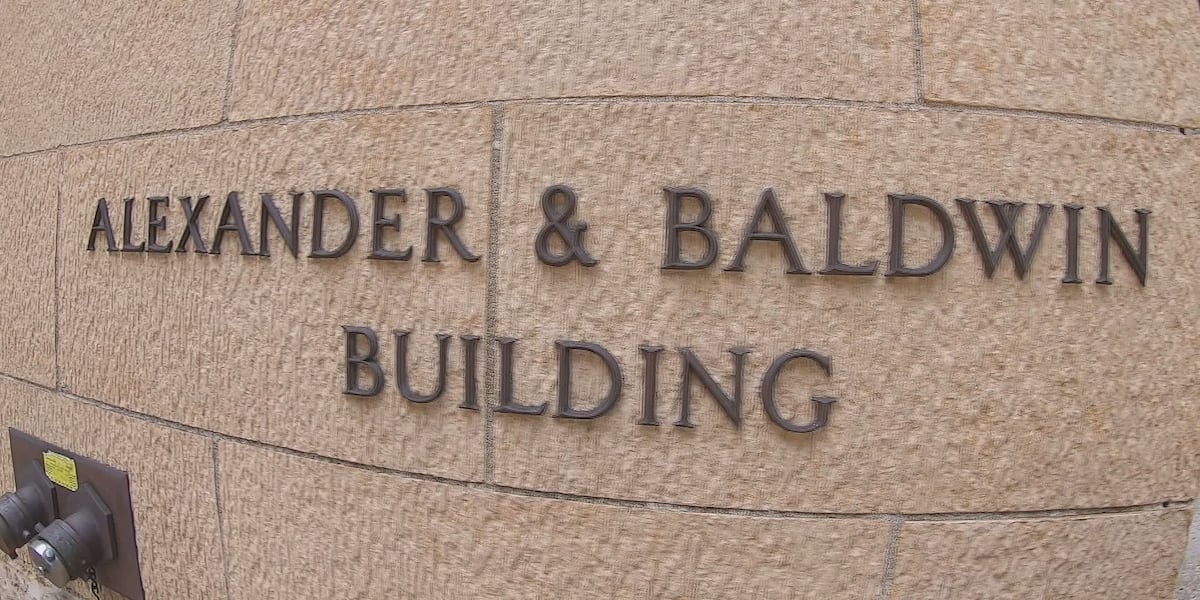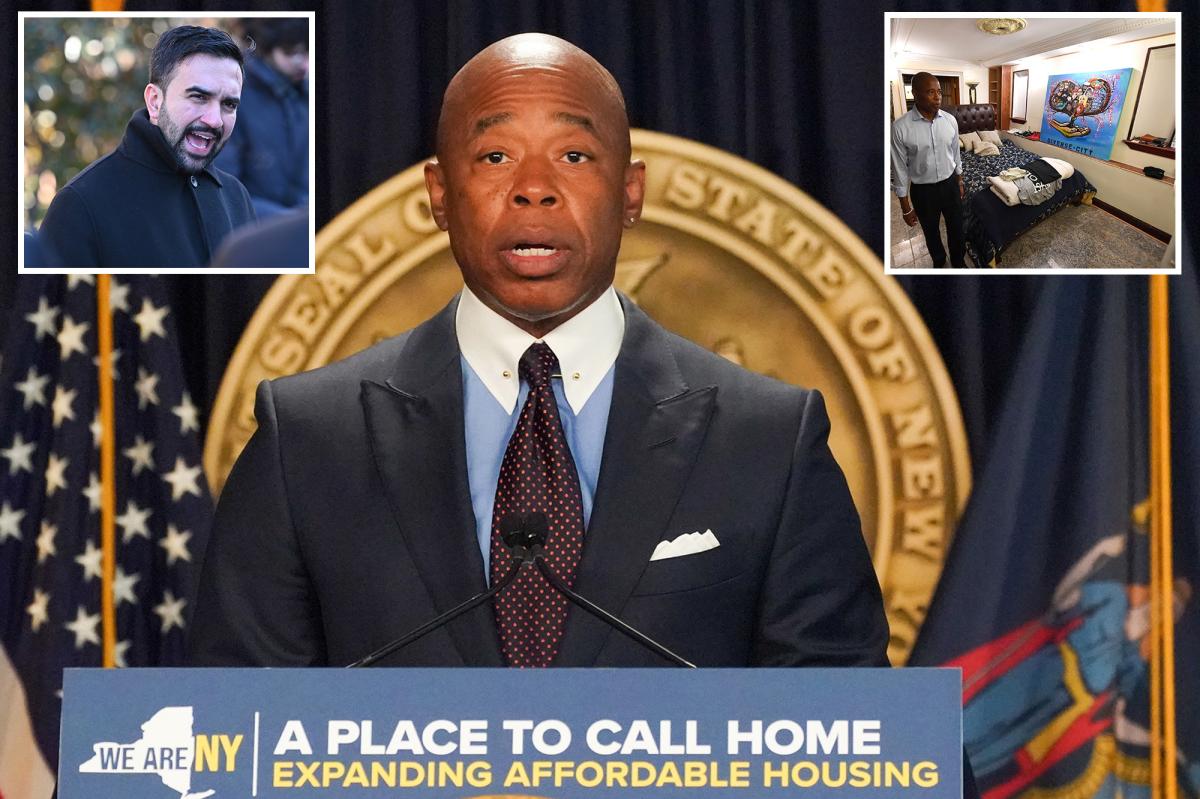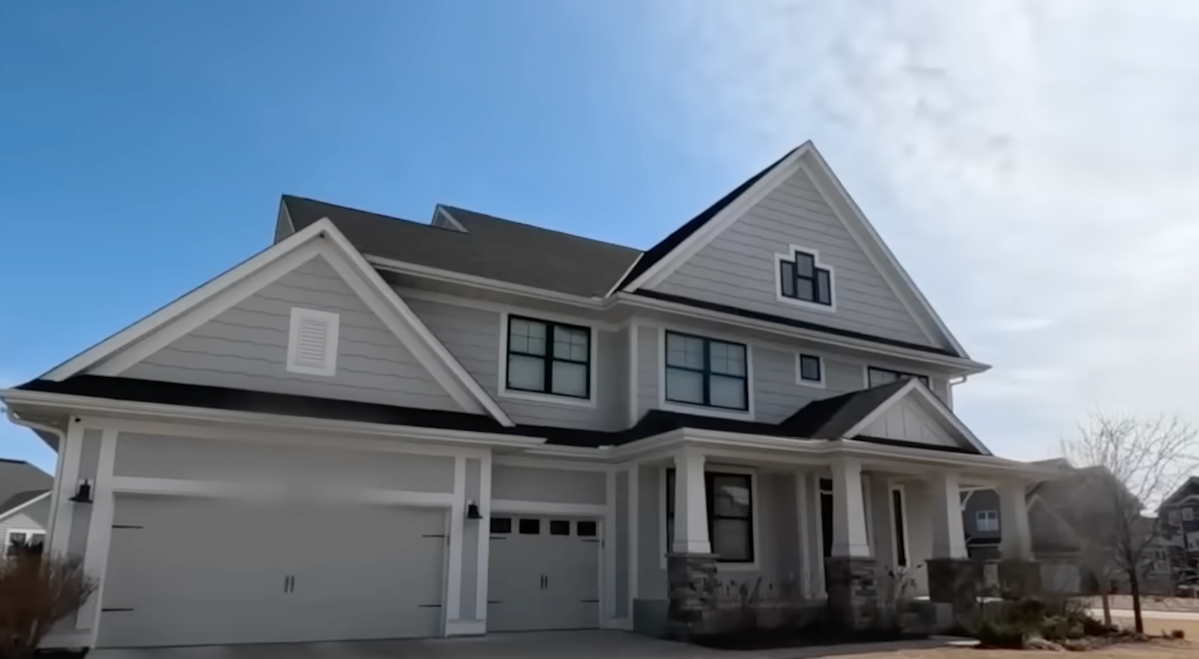T
he new state budget in New Hampshire is heavily reliant on future real estate sales, with a projected growth of $62 million in Real Estate Transfer Tax (RETT) revenue over the next two years. This tax is imposed on both buyers and sellers at a rate of 75 cents per $100 of the selling price. The current two-year budget raised about $380 million from RETT.
The median price of a single-family home has reached an all-time high of $540,000 in May, with the dollar volume of closed sales also on the rise since January. However, this growth is tempered by concerns over affordability and inventory levels. The New Hampshire Association of Realtors (NHAR) notes that the state's housing crisis stems from a decade-long decline in inventory, resulting in unaffordable prices for many residents.
While there are some positive signs, such as year-over-year increases in inventory and decreasing price growth, affordability remains an issue. A recent study by the National Association of Realtors found that families earning $100,000 can afford only 19% of homes on the market, compared to nearly 52% in a balanced market.
A University of New Hampshire Survey Center poll shows that only 6% of Granite Staters think it's a good time to buy a home, with housing being the biggest issue among voters. The state's Department of Administrative Services reports that April RETT revenue was $12.9 million, slightly below projections but above last year's figure.
Rockingham County continues to be an outlier in terms of single-family prices, driven by high demand in the Seacoast area. The median sale price in this region reached $877,500 in May, with 30 transactions exceeding $1 million.













